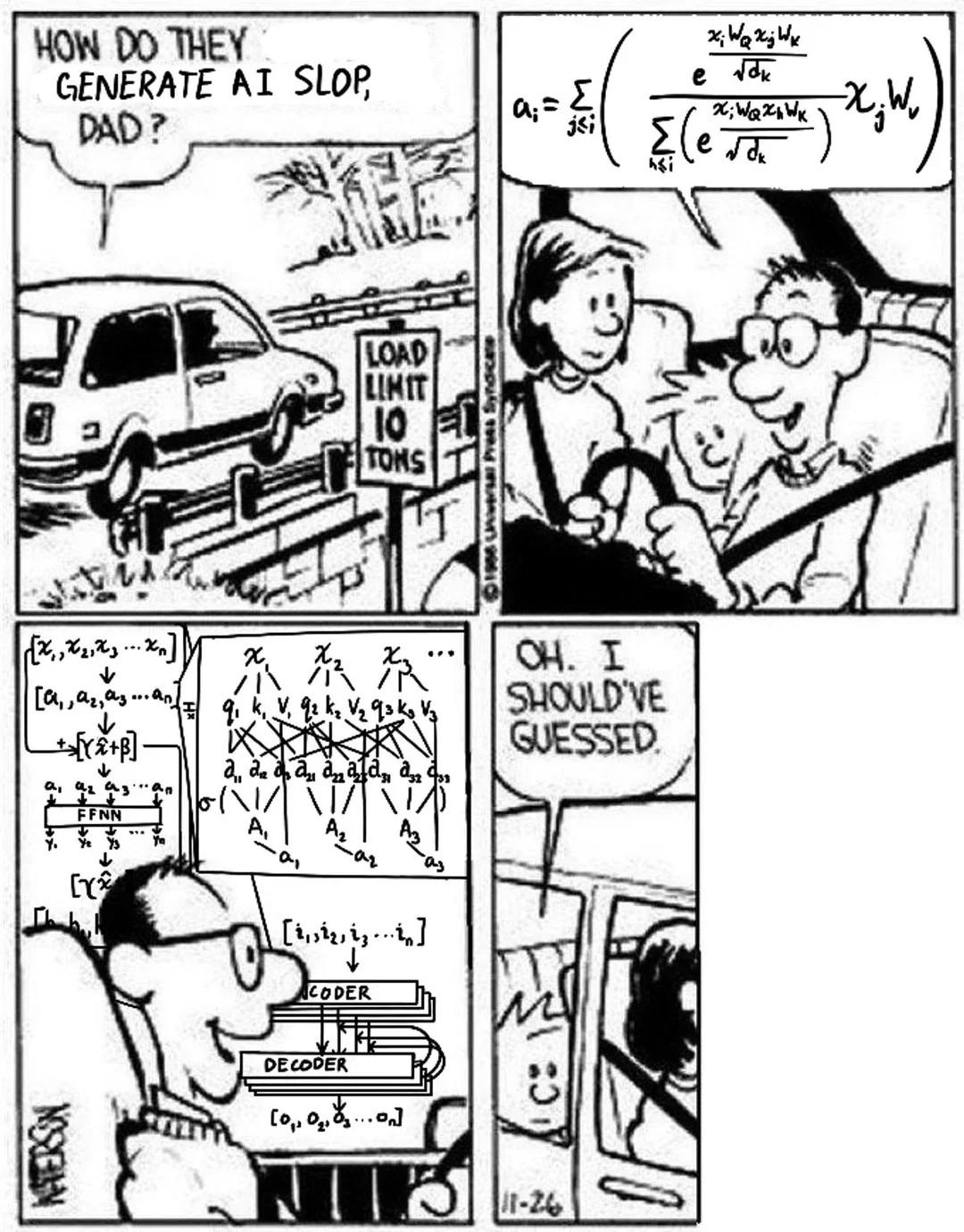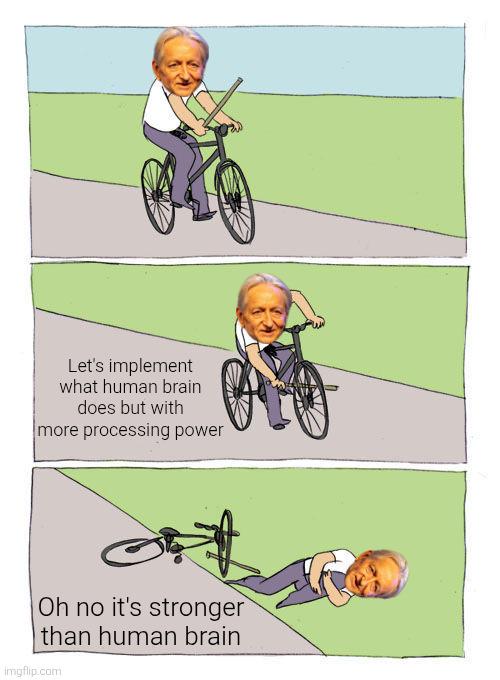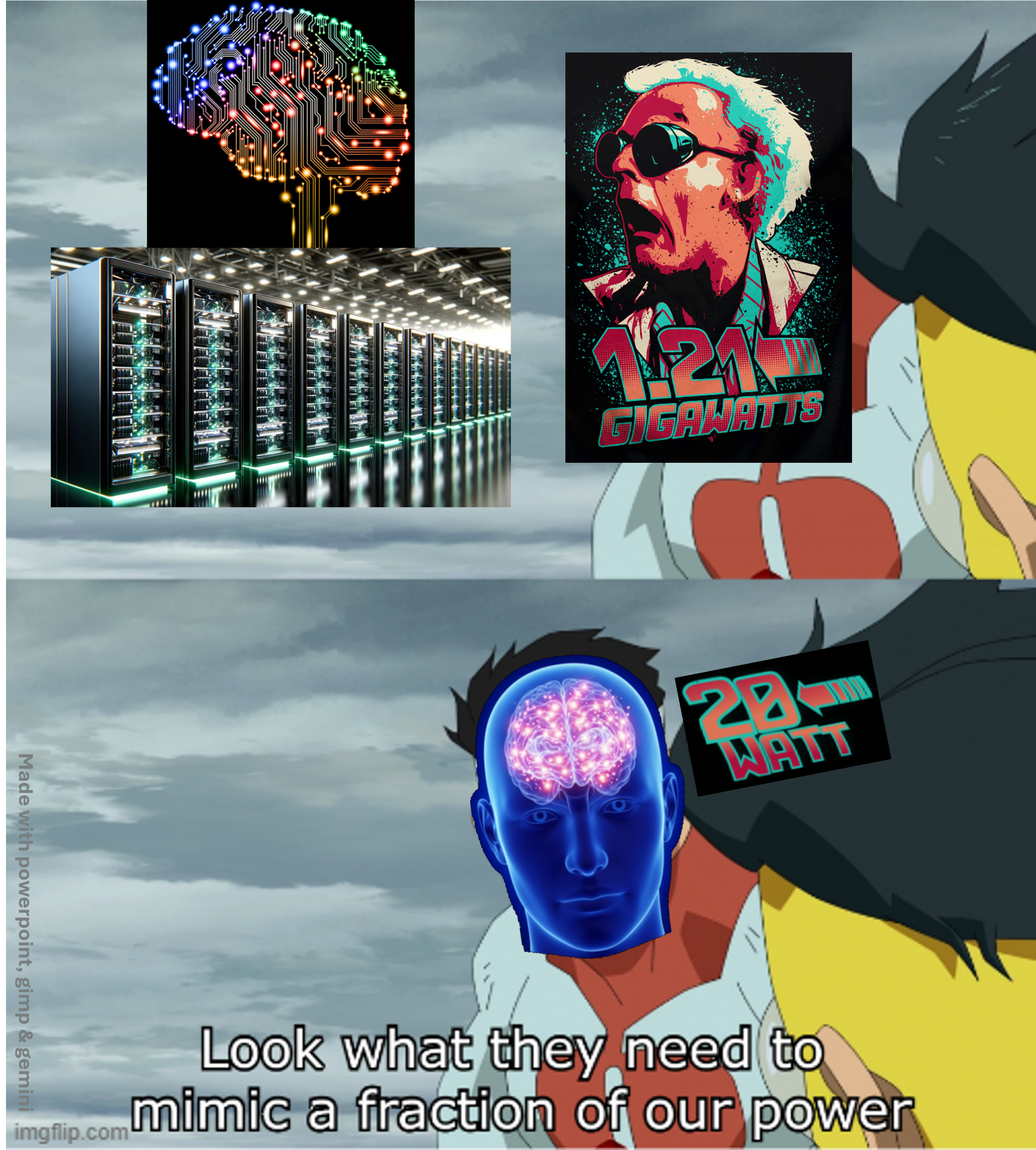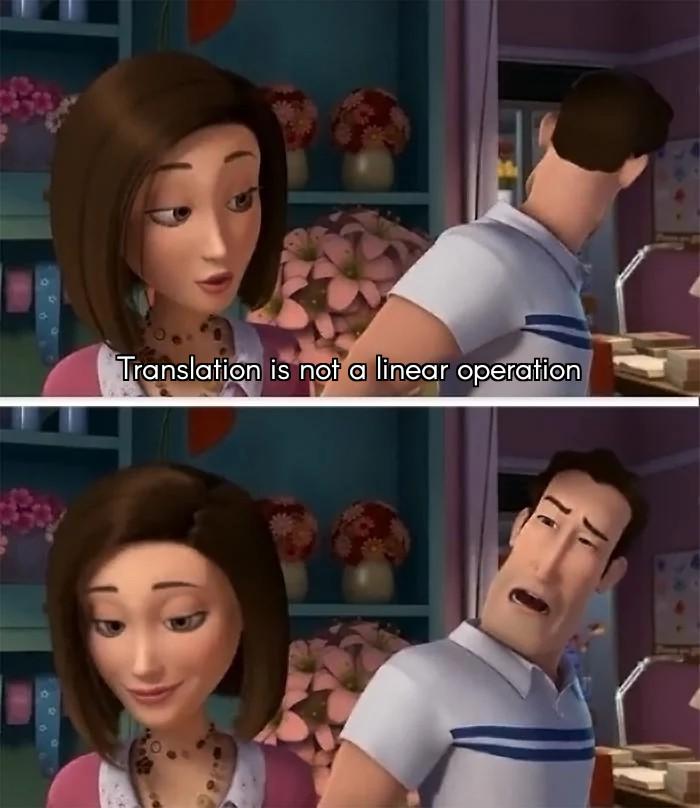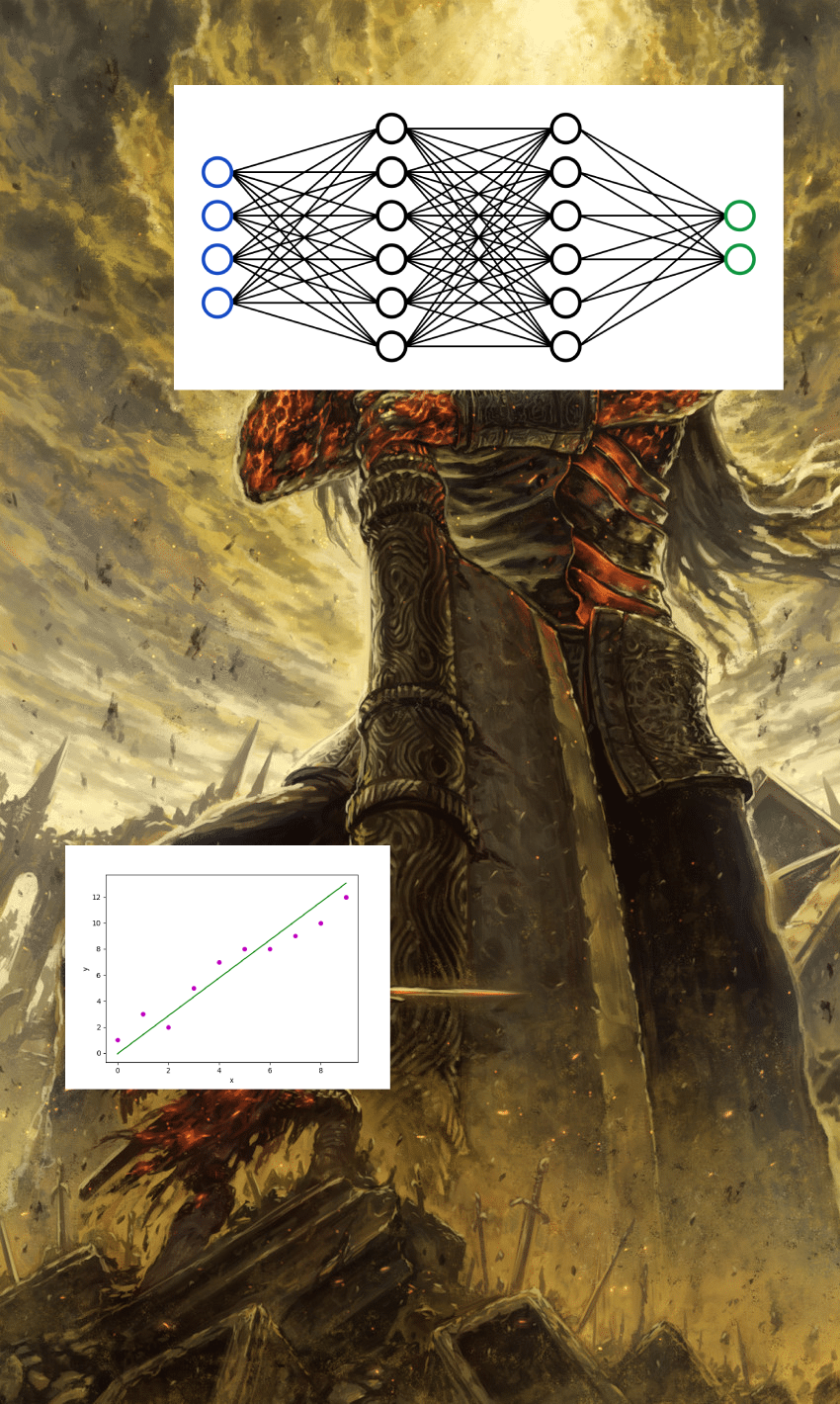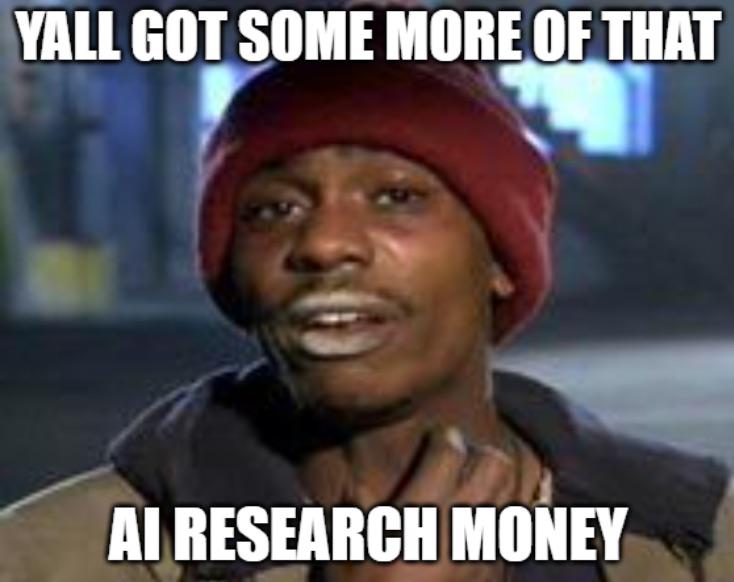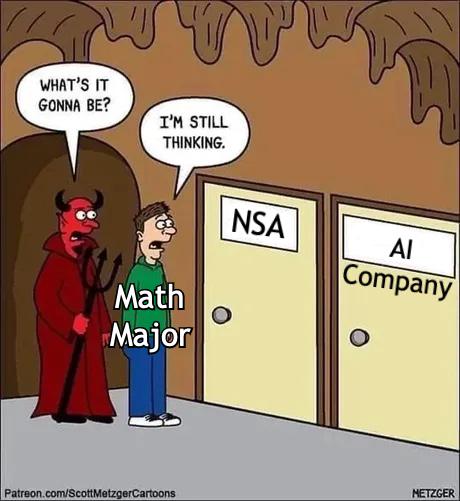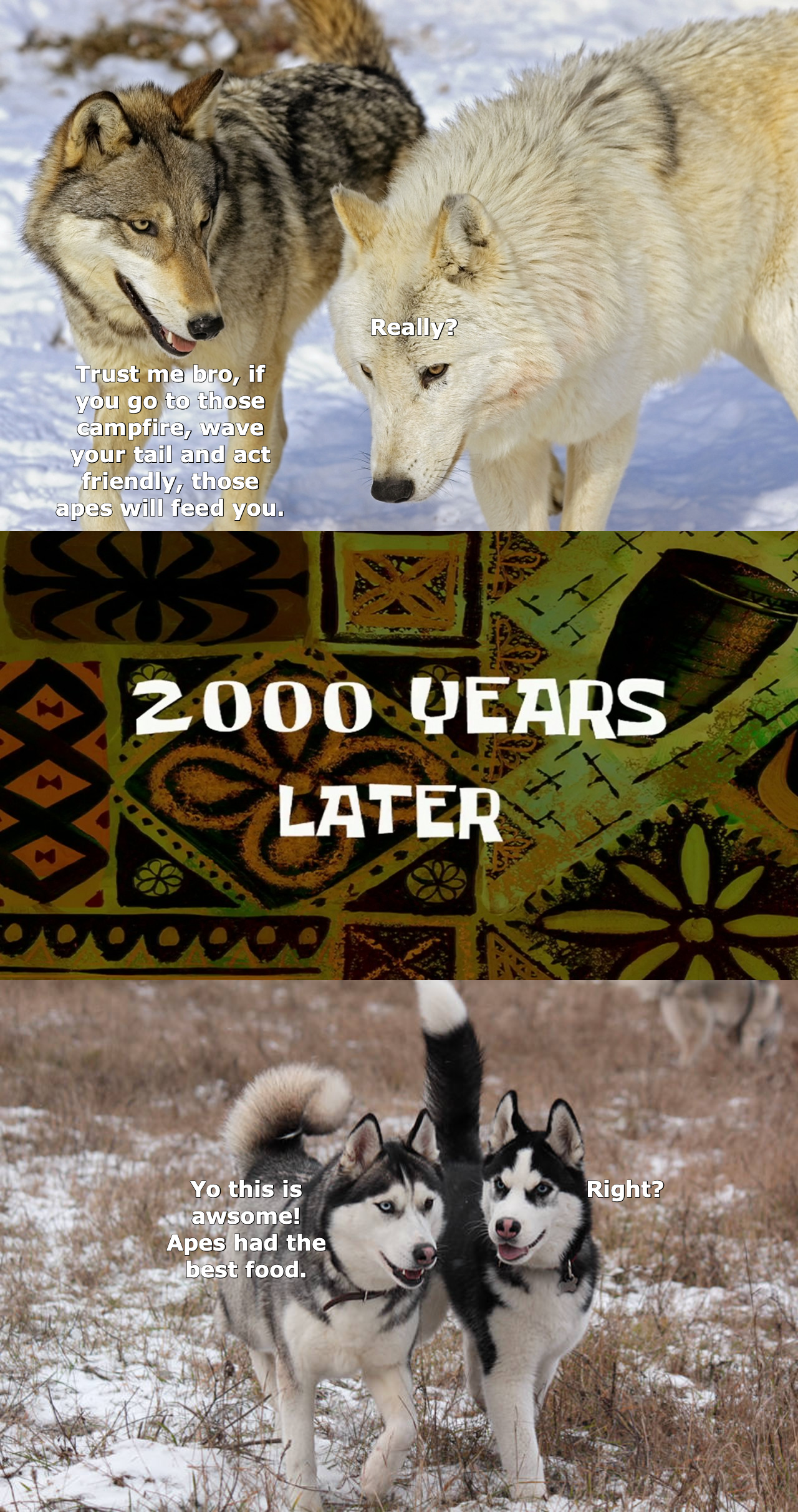HTTP 418: I'm a teapot
The server identifies as a teapot now and is on a tea break, brb
HTTP 418: I'm a teapot
The server identifies as a teapot now and is on a tea break, brb
Ai Memes
AI: where machines are learning to think while developers are learning to prompt. These memes are for everyone who's spent hours crafting the perfect prompt only to get "As an AI language model, I cannot..." in response. We've all been there – hallucinating facts with confidence, explaining to non-tech friends that no, ChatGPT isn't actually sentient, and desperately fine-tuning models that still can't remember context from two paragraphs ago. Whether you're a prompt engineer (yes, that's a real job now), an ML researcher with a GPU bill higher than your rent, or just someone who's watched Claude completely make up citations with Harvard-level confidence, these ScienceHumor.io memes capture the beautiful chaos of teaching computers to be almost as smart as they think they are. From GPT-4's occasional brilliance to Grok's edgy teenage phase, we're all just vibing in this uncanny valley together.

 Academia
Academia
 Ai
Ai
 Astronomy
Astronomy
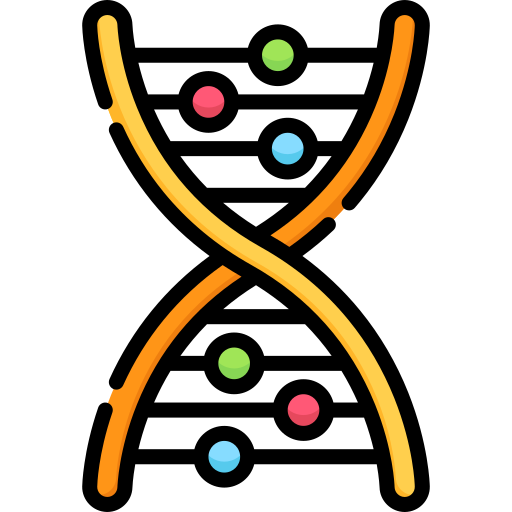 Biology
Biology
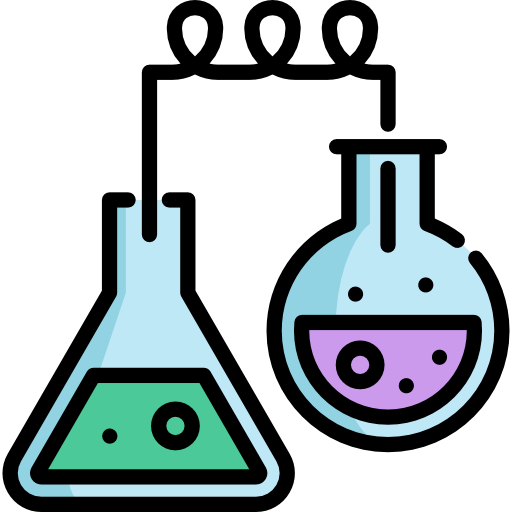 Chemistry
Chemistry
 Climate
Climate
 Conspiracy
Conspiracy
 Earth-science
Earth-science
 Engineering
Engineering
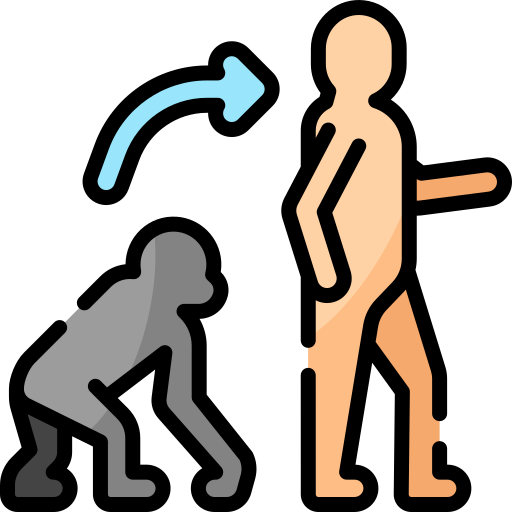 Evolution
Evolution
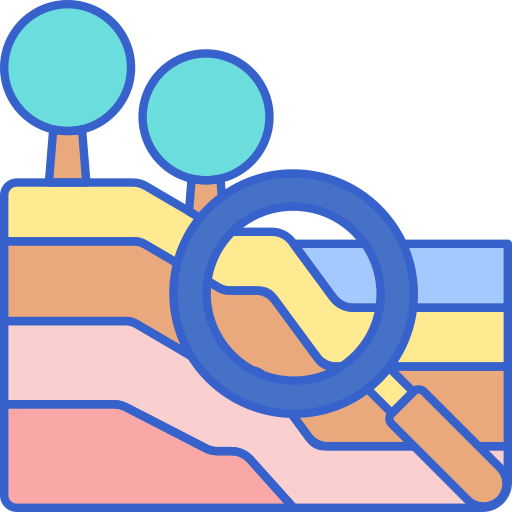 Geology
Geology

